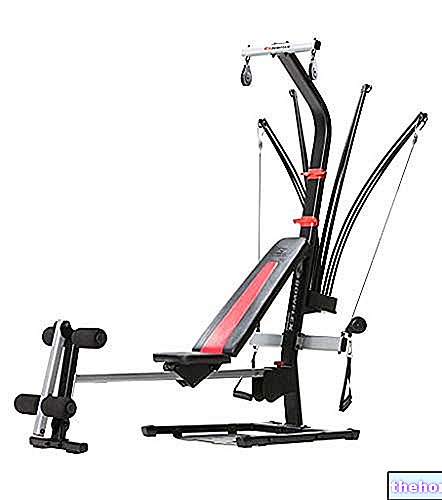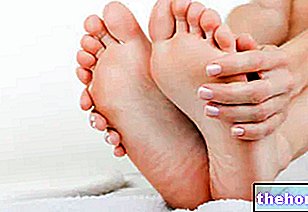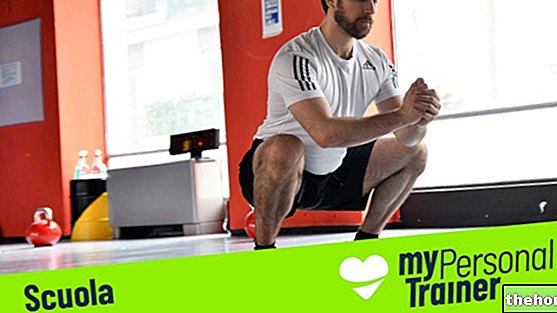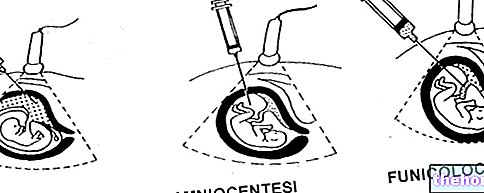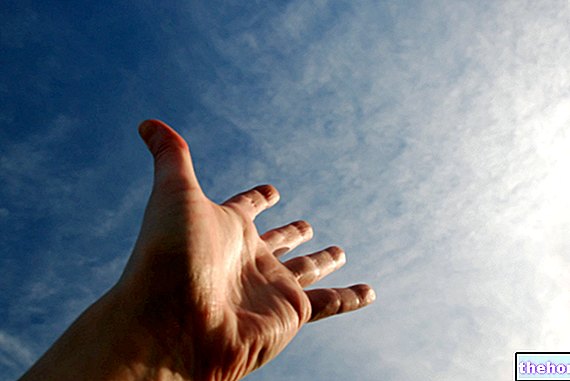Edited by Prof. Guido M. Filippi
Healthy subjects
The first set of experiments was conducted on healthy, sedentary subjects, the stimulation of the quadriceps of one leg markedly reduced the time necessary to explode the force both in isometry, in the first 200 msec, (+ 27.8% ± 10), and in all movement (-20.2% ± 2.9) tested in isokinesis.On the same patients, the untreated leg did not undergo any changes in performance. In isotonia, the resistance to fatigue in the "leg extension" exercise increased in the treated leg by 40.3% ± 16.9. All these data were collected 15 days after the vibratory treatment (Figure 9, from Fattorini L., Ferraresi A. , Rodio A., Azzena GB & Filippi G M. Eur J Appl Physiol 2006 Sep; 98: 79-87) Figure 15.

Note how the maximum force does not change, while in the results presented above there were massive variations in force. We saw powerful increases in strength after Cro®System treatment only if the tests were associated with movement, in isometry the peak strength was constant before and after Cro®System treatment. The phenomenon is known, even if not yet explained: the force developed in isometry can differ widely from that produced in isotonia, the two conditions seem to imply completely different joint management.

Joint kinematic analysis revealed an impressive increase in the regularity of movements, both in the same individual and between different subjects (Figures 17 and 18). Furthermore, the management of accelerations (therefore of force over time: power) appeared to have completely changed (Figure 19).



The whole of these data suggests a far finer joint management and a very different energy strategy. The subjects developed a completely different athletic gesture and the times changed correspondingly (Table 1).
Table 1
Medium (sec)
The whole of the data allows us to hypothesize that the effects consist in exchange of joint management, substantially confirming what was seen in the tests published by Fattorini et al. 2006.
In addition to all this, there are preliminary data obtained at the Federal Center of CONI in Formia, where the first tests on standing jump, after having treated the sural triceps, quadriceps and buttocks, highlight the development of neuromuscular strategies that are completely different for activation times. , explosion of force, distribution of power development that Figure 20 summarizes.

Other articles on "Neurophysiology and sport - eighth part"
- Neurophysiology and sport - sixth part
- Neurophysiology and sport
- Neurophysiology and sport - second part
- Neurophysiology and sport - third part
- Neurophysiology and sport - fourth part
- Neurophysiology and sport - fifth part
- Neurophysiology and sport - Conclusions





